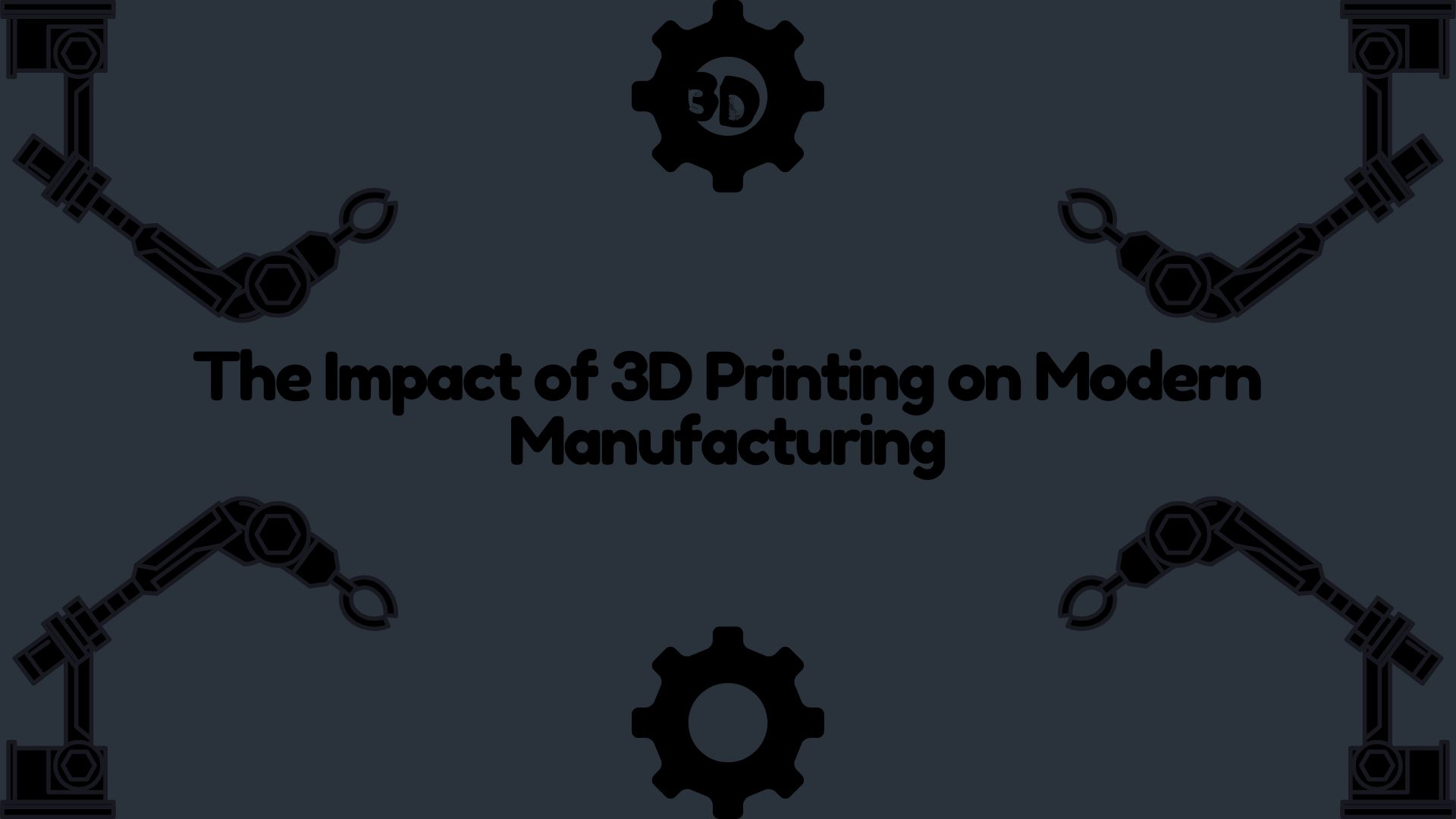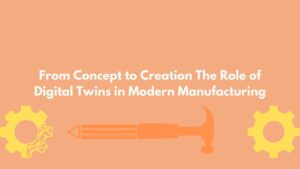Introduction: 3D printing, also known as additive manufacturing, is transforming the manufacturing landscape. This innovative technology allows for the creation of complex and customized products with unprecedented speed and precision. This blog explores the impact of 3D printing on modern manufacturing, highlighting its benefits, applications, and future potential.
Body:
- Understanding 3D Printing: 3D printing involves creating objects layer by layer from digital models. This process enables the production of intricate designs that would be difficult or impossible to achieve with traditional manufacturing methods.
- Key Benefits of 3D Printing:
- Customization: 3D printing allows for mass customization, enabling manufacturers to produce tailored products for individual customers.
- Speed: Rapid prototyping and production reduce lead times, allowing for faster product development and market entry.
- Cost Efficiency: By minimizing material waste and reducing the need for tooling, 3D printing can lower production costs.
- Applications in Manufacturing:
- Prototyping: 3D printing is widely used for creating prototypes, enabling designers to quickly iterate and refine their designs.
- Aerospace and Automotive: These industries use 3D printing to produce lightweight, high-strength components that improve performance and fuel efficiency.
- Healthcare: 3D printing is revolutionizing healthcare by enabling the production of custom implants, prosthetics, and medical devices.
- Challenges and Solutions: Despite its advantages, 3D printing faces challenges such as material limitations and scalability. However, ongoing research and development are addressing these issues, expanding the range of printable materials and improving production speeds.
- The Future of 3D Printing: The future of 3D printing is promising, with advancements such as multi-material printing and large-scale production. As the technology continues to evolve, it will likely play an increasingly integral role in manufacturing.
Conclusion: 3D printing is revolutionizing manufacturing by offering unparalleled customization, speed, and cost efficiency. While challenges remain, the technology’s potential to transform industries and improve product development is undeniable. Embracing 3D printing can lead to innovative solutions and a competitive edge in the ever-evolving manufacturing landscape.









